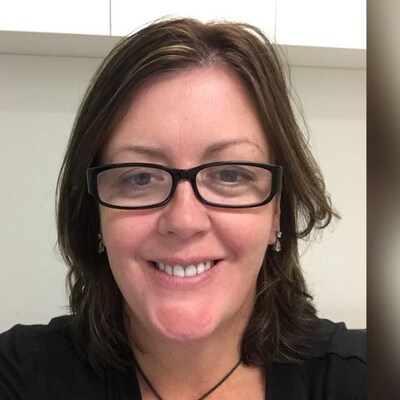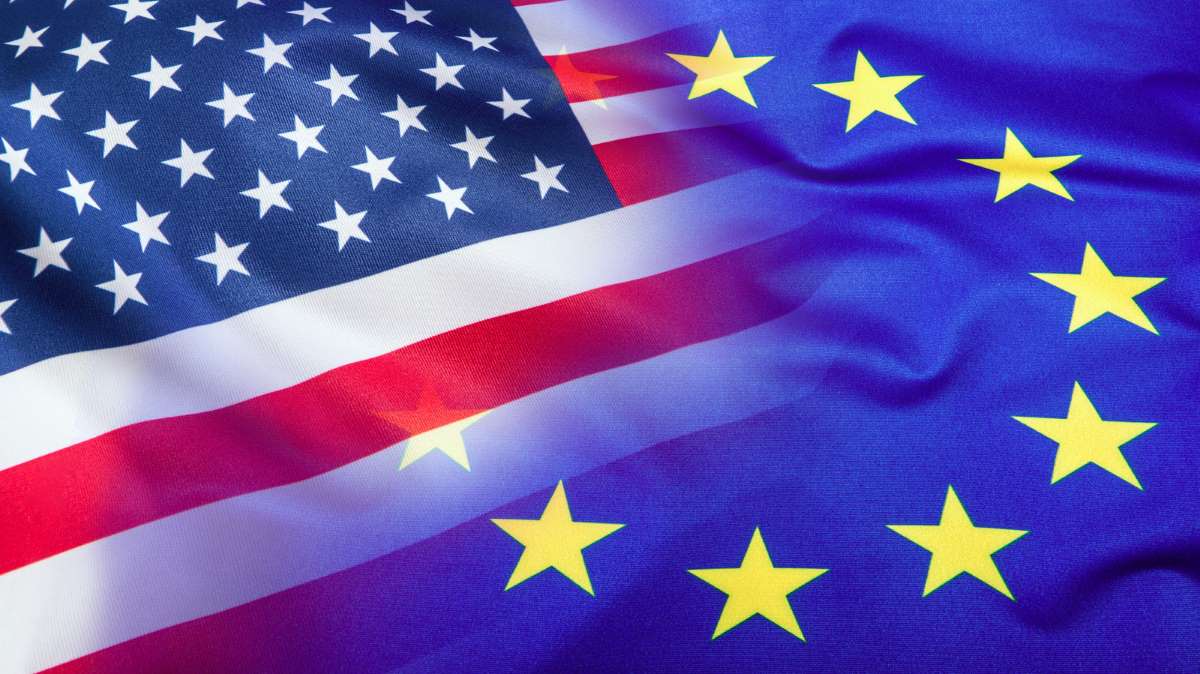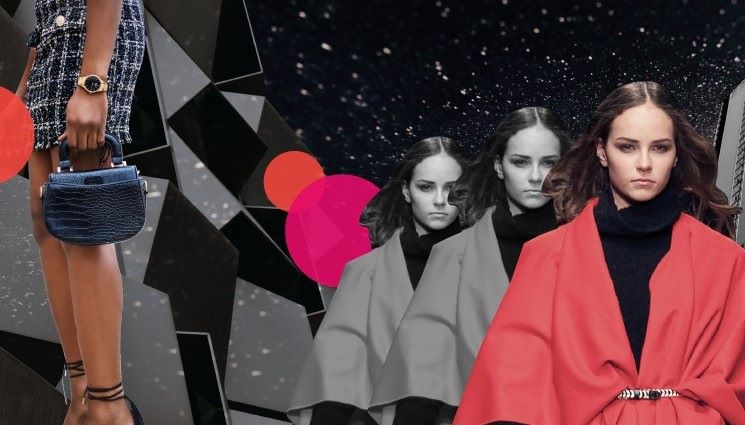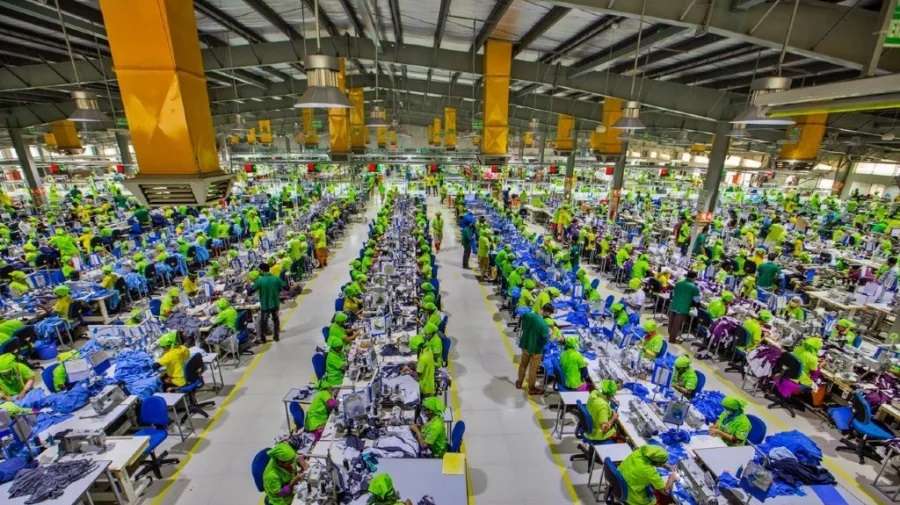Dubai had hosted Arab Fashion week for its fourth edition, which began on May 16 and ended on May 20, the program offered more than twenty pre-collections runway shows, featuring clothes that are being described as “ready couture.”
Young designers and established brands representing some 20 different nationalities had come together to show their art and craft on the top floor of the Meydan hotel in Dubai, the event's hub. The venue provides an ideal setting, offering a bird's eye view of the city and its countless skyscrapers.
A hundred buyers, mostly from the Middle East, and hundreds of guests were present at the five-day fashion marathon. The audience were quite diverse, themselves attired in a multitude of styles that comprised everything from ultra-sophisticated chic to flat-out sportswear looks or traditional Arabic clothing worn by the Emirati and their wives.
The unisex style of Rad Hourani opened the event march on May 16, followed by the masculine and feminine silhouettes of Jenanne Filat and Jeans Couture, the muslim wear of Eckett Couture, and the women's wear collection of Michael Cinco. The event closed on May 20 with the runway shows by Marchesa Bridal, Ingie Paris and Antonio Marras.
Jacob Abrian, Arab Fashion Week's young founder, decided to pitch his fashion week in the "ready couture" niche, a unique positioning that has enhanced the event's reputation. The collections on display exemplify the approach, offered ready-to-wear apparel along with a high-quality materials and finishes typical of Haute Couture.
Besides the schedule of catwalks, the designers also hosted pop-up stands at the Meydanwhich were less fleeting presentation of their designs as well as they could sell individual pieces to the buyers and the general public.












